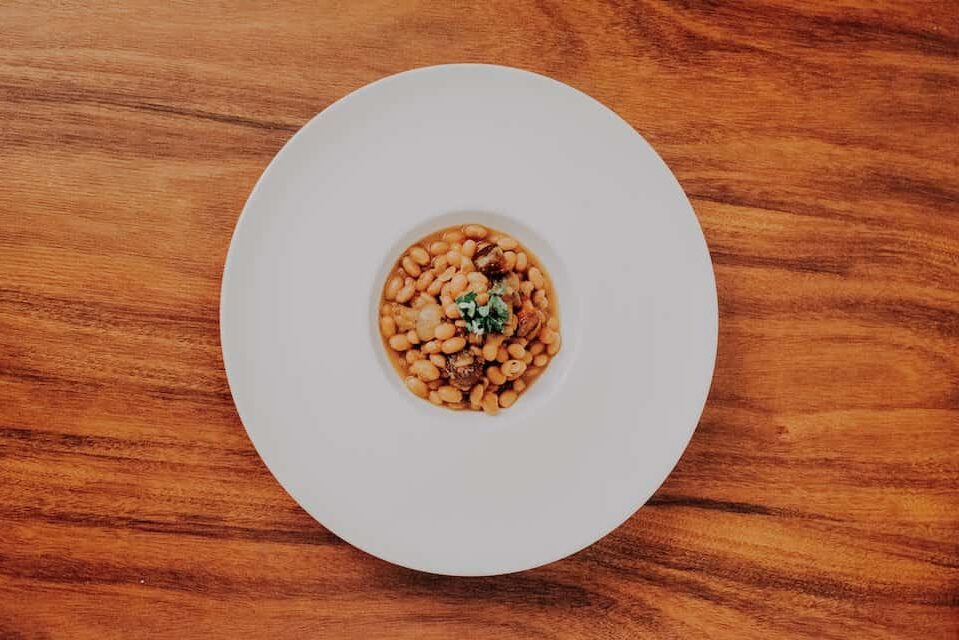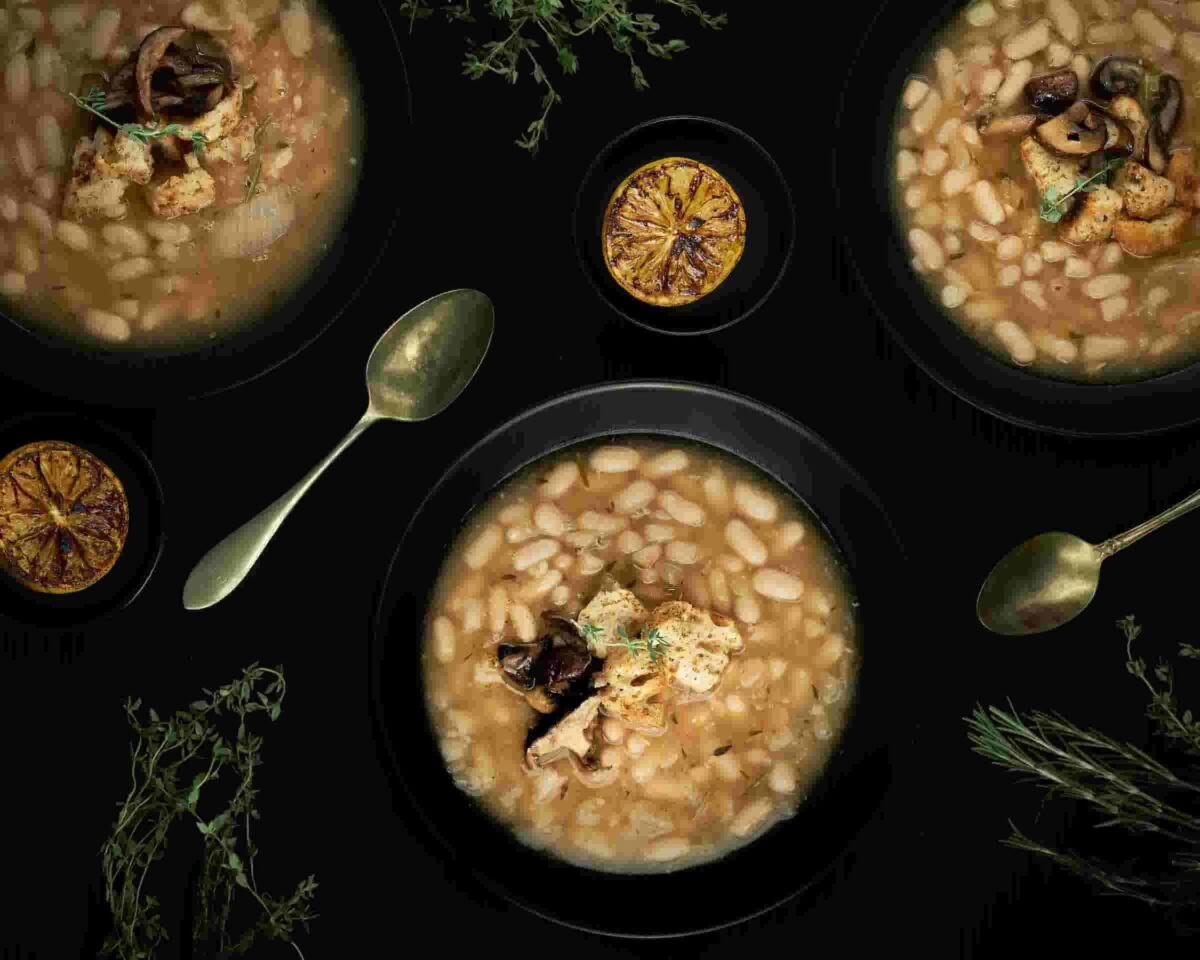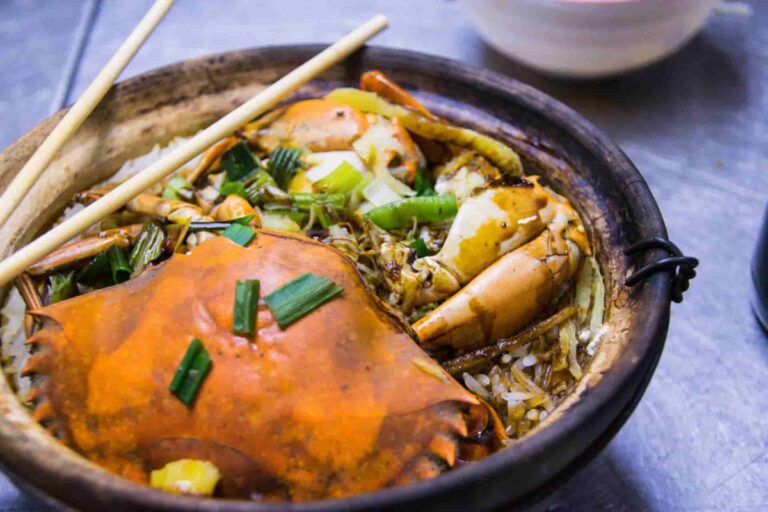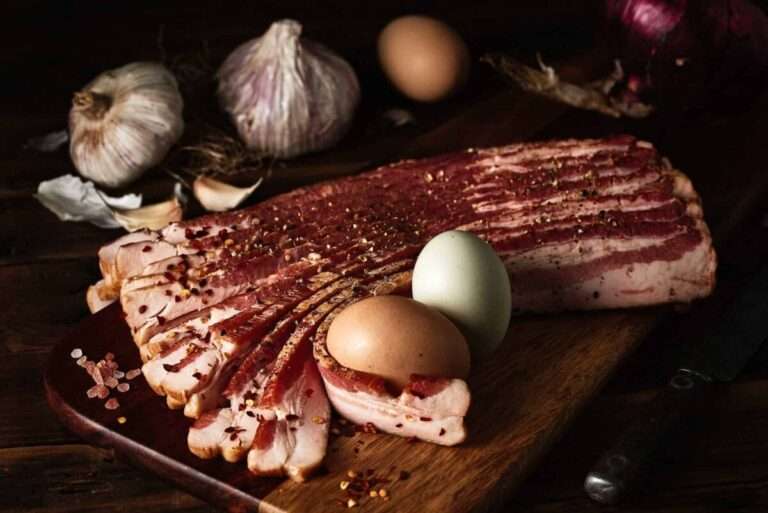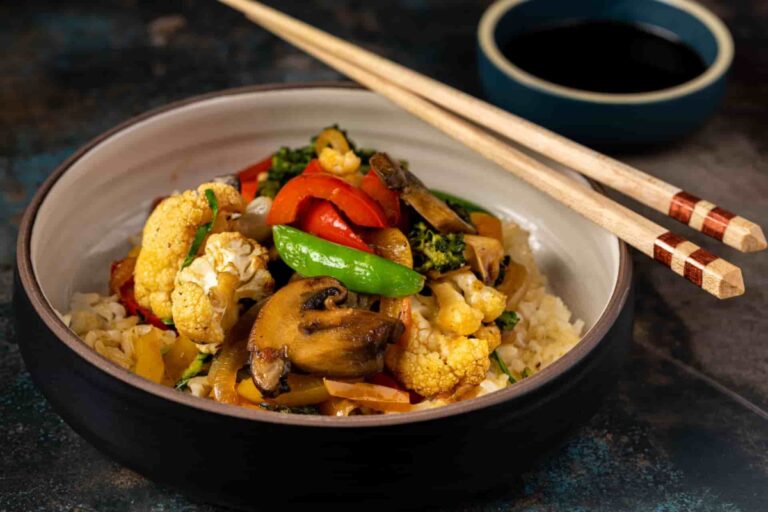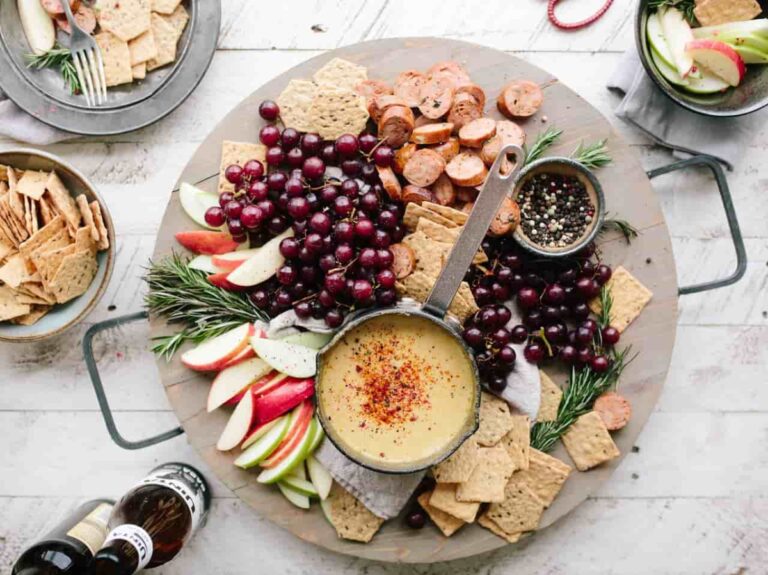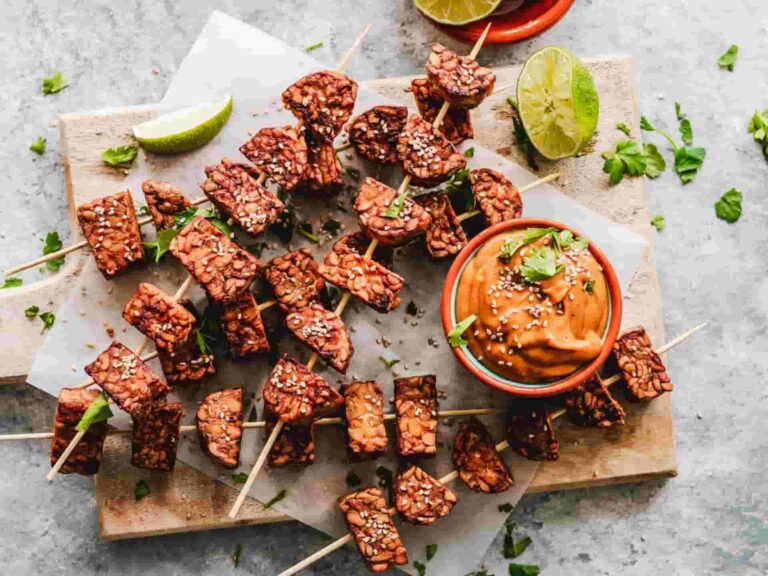32 free lima beans kitchen insights and benefits
Did you know there is a special reason these beans are named lima beans?
- After the lima bean gained popularity in North America and Europe, it was often sent from South America in containers that were labelled with the phrase “Lima, Peru” so that the receivers would know where the meal originated. That is how it came to be known by that name.
- The fruit of the lima bean is a green pod that is packed with kidney- or oval-shaped beans that have been flattened. The hue of a bean may range from white to creamy to green. They often have a rusty-brown coloration all over their bodies. On the basis of the size of the mature bean, all types of lima bean may be categorised into one of three primary groups: dwarf, tiny (“Sieva type”), or giant (“lima type”).
- The lima bean is known as Phaseolus lunatus in the scientific community. The word “lunatus” derives from the form of the bean, which resembles a crescent moon (in Latin, “lunatus” means “shaped like a crescent”). Because the cooked flavour of lima beans is similar to that of butter, these beans are often referred to as “butterbeans.”
- Did you know that there are certain types of lima beans that are dangerous for human consumption? As a result of the presence of cyanide compounds in lima beans, some countries restrict the types of lima beans that may be cultivated for commercial purposes to those that have very low cyanogen levels. Lima beans grown in Java and Burma have a concentration that is anywhere from 20 to 30 times higher than what is acceptable in the majority of Western countries. In order to eliminate the hydrogen cyanide gas that has been produced, they need to be adequately cooked.
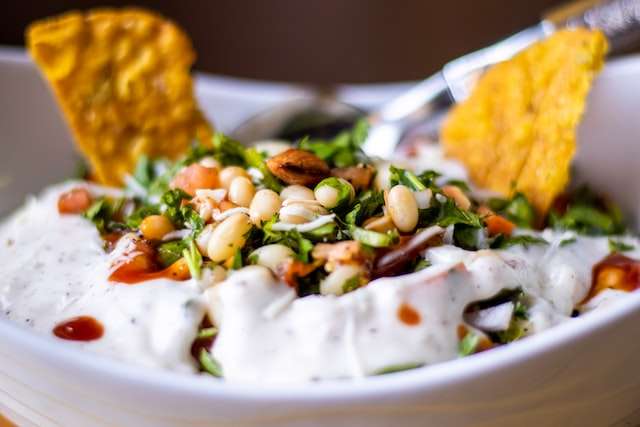
Lima beans nutrition values and health benefits
- Lima beans are a fantastic resource for a variety of important nutrients, including dietary fibre and a wide variety of vitamins, minerals, and other necessary micronutrients. Manganese is an antioxidant that is especially prevalent in lima beans. Manganese is required for the metabolism of many different types of cells.
- Additionally, each meal contains a significant amount of copper, which is beneficial to both the health of the immune system and the operation of the brain. In addition, lima beans are an excellent source of magnesium, which is a mineral that is necessary for the production of energy as well as the creation of DNA in the body.
- Some research suggests that including lima beans into your diet may assist you in maintaining a healthy blood sugar level over the course of time. When compared to other types of beans, lima beans have a low glycaemic index, which measures how much certain foods cause an increase in blood sugar levels. They also include a lot of fibre, which slows down the process by which the body absorbs sugar into the bloodstream and makes it easier to keep your blood sugar at a healthy level.
- A diet rich in lima beans, which contain 9 g of fibre per serving size of 1 cup (or 170 g), may be an excellent addition to a diet that is good for the heart. They have a high concentration of soluble fibre, which, when combined with water, causes the formation of a substance that is similar to gel. It has been established that soluble fibre may reduce cholesterol levels, inflammatory levels, and blood pressure. All of these factors contribute to a reduced chance of developing heart disease.
- Furthermore, lima beans have a high antioxidant content, which helps defend the body against oxidative stress and inflammation. As a result, eating lima beans regularly may improve both the health and the power of your heart.
- When included into a diet, lima beans have the potential to promote weight reduction since each serving contains a significant quantity of protein as well as fibre. It is possible that the protein found in lima beans is especially helpful. In point of fact, there is evidence to suggest that increasing one’s intake of protein may help with the regulation of one’s appetite, promote sensations of fullness, and lower the desire for food.
- The blood disease known as anaemia may be brought on by consuming an inadequate amount of iron in one’s diet. The condition known as anaemia takes place when a person does not have sufficient healthy red blood cells to supply oxygen throughout the body. This may lead to symptoms such as fatigue, shortness of breath, and even damage to the organs. Women who are menstruating have a significantly higher chance of developing anaemia. Because they are high in iron content, lima beans may be beneficial in warding off iron deficiency anaemia.
- The kind of lima beans that you buy might have some effect on the amount of nutrients that you get from eating them. Keep in mind that fresh, dry, or frozen lima beans, as well as canned lima beans, all have a far lower salt level than canned lima beans. It is possible that your risk of acquiring heart disease may increase if you consume an excessive quantity of food that is high in salt.
- Lima beans might potentially trigger an allergic reaction in certain people. The antinutrients and linamarin that are present in raw lima beans may be reduced by processes such as boiling, soaking, and processing. Raw lima beans also contain linamarin. Intestinal pain is another possible side effect of rapidly increasing the amount of foods high in fibre that you consume.
100g of lima beans has 115 calories (481kj), 8g protein, 0.4g fat, and 21g carbs, including 7g fibre.
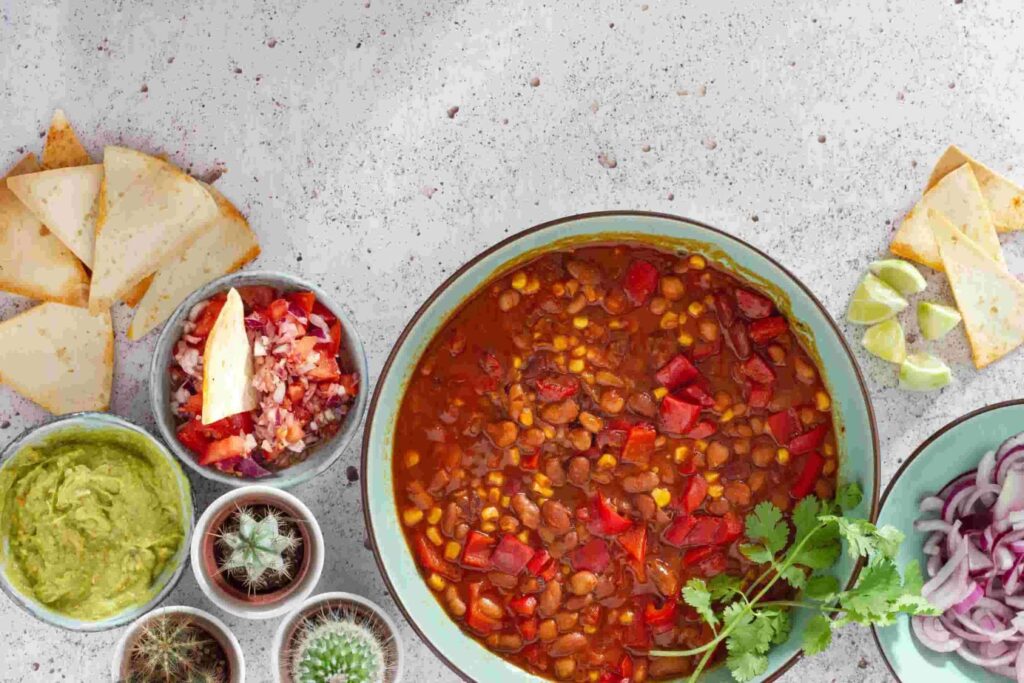
How to store lima beans and how to buy them
- The lima beans may be stored at room temperature whether they have been opened or not. The lima beans will not be affected in any way by the temperature of the room. Because lima beans can be stored for a long time without becoming bad. If you just purchased a little quantity of lima beans, there is no need to worry about the safety of storing them at room temperature.
- It is important to keep lima beans covered at all times if you want them to have a lengthy shelf life. After removing a certain quantity of lima beans from the bag, you need to ensure that it is securely covered and sealed. It protects the lima beans from the wetness and keeps the other insects in the bag from getting sticky substances on them. Lima beans will have a lower quality and a shorter shelf life if they are exposed to moisture and insects.
- If you are concerned about how to make lima beans last longer on the shelf, there is no need to be so anxious about it. When kept in the refrigerator, lima beans have a longer shelf life than when they are kept at room temperature. When you want to keep your lima beans fresh for an extended period of time, the most effective way to do so is to keep them in a cold environment, namely the refrigerator. Therefore, keeping your lima beans in the refrigerator is the best option if you want them to keep for a significant amount of time.
- If you have purchased a can of lima beans but have no plans to consume them, you may put the can in the freezer until you are ready to use it. Lima beans are also extremely good for freezing. You are free to put the can of lima beans, which has not been opened, straight into the freezer as it is.
- However, there are a few things you need to do before you can put the opened can of lima beans in the freezer. If you want to be successful in your endeavour, read on. Before you put lima beans in the freezer, it is essential to blanch them first. Spread them out on a tray after they have cooled completely. Before you begin to freeze the food, let the tray chill for a while in the refrigerator. After that, place the beans in a container that is airtight or freezer bags, and then place them in the freezer so that they may be preserved for a longer period of time.
- When stored in the refrigerator, an opened can of lima beans has a shelf life of one week; however, when kept in the freezer, it has a shelf life of almost three months and maintains the highest possible quality throughout that time. On the other hand, as I indicated previously, the shelf life of an unopened can of lima beans is three years. This information can be found in the previous sentence.
- Lima beans have a fairly long shelf life, yet it is still possible for them to spoil. You need to make sure that the lima beans are still OK to eat even if the can has been opened and stored in the refrigerator for a number of months. The reason for this is because once the can of lima beans has been opened, they may soon go bad. You need to pay attention to the items listed below in order to determine whether or not it is harmful.
- Examine the odour emanating from the lima beans. If they have developed an unpleasant odour, this indicates that they have spoiled. Make an effort to avoid using them.
- Examine the lima beans to determine their look. If the colour or consistency of the lima beans has altered, then you should get rid of them as soon as possible. It is in your best interest to do so.
- If you see any mould growing on the beans, you should throw them away and not use the rest of the ingredients.
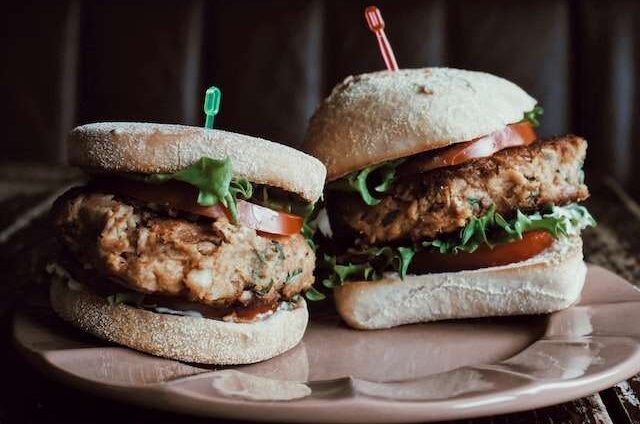
Cooking techniques, secrets, and tips from the kitchen
- Lima beans are not meant to be consumed raw at any point, and instead need careful preparation. The following is a description of how to prepare dried lima beans for use in cooking.
- Lima beans may be used for cooking whether they are fresh, frozen, or dried. Lima beans purchased frozen are often already cooked, so they do not need to be soaked or otherwise prepared before use. On the other hand, the dried lima beans will need some preparation.
- Before you begin cooking your beans, be sure to give them a good washing and then drain them. If you purchased them in bulk and in a dry state, check to see that the mixture does not include any foreign objects. Spend the next day soaking them in water.
- Boil your beans. After draining your beans the next day, begin simmering them in new water for one hour. After this, you are free to cook the beans in any manner that strikes your fancy.
- Make sure you cook your beans. After you have prepared your beans, you have many options for cooking them: you can sauté them, you can stew them, or you may rinse and chill them to use in a salad.
- Keep a close check on the beans after the cooking process has begun, regardless of whether you choose to boil or stew the beans. The more you agitate them, the greater the possibility that they may get separated.
- Lima beans, like other legumes such as chickpeas, kidney beans, and pinto beans, take on the taste of whatever they are cooked with. This includes the flavour of spices and herbs. You may use fresh or frozen lima beans in a pressure cooker, sauté them in a skillet, or put them in a slow cooker with meat and other vegetables when you are cooking with lima beans. All of these methods provide delicious results.
- Lima beans are the key ingredient in the classic southern side dish known as southern lima beans. Cook the lima beans in a saucepan with either chicken stock or olive oil while stirring occasionally until the beans begin to take on a creamy consistency. As you stir the mixture periodically, add some minced garlic, chopped onion, salt, and ground black pepper. You may get a smokey taste by using chunks of bacon, sausage, or ham hocks in the recipe. Cook the beans until they are nearly soft enough to pierce with a fork, taking care not to overcook them so that they become mushy.
- Lima beans, after being cooked till tender and then pureed, may be made into a decadent creamed bean dish. Cook baby lima beans in a saucepan with butter and heavy cream on a stovetop set to medium heat until the beans are soft and the texture has turned creamy.
- Lima bean soup is a comforting and mild soup that is perfect for chilly days. To make a soup, place frozen lima beans in a big saucepan along with chicken stock, vegetables, and seasonings, and then simmer all of the ingredients together. You might incorporate a ham bone to make the taste more meaty and smokey, or you could add cream to make the base thicker.
- Cooking lima beans, allowing them to cool, and then mashing them into a paste that can be used for dipping veggies or pita chips is a process that is analogous to making hummus or guacamole. A taste that is both sour and herbal may be achieved by combining chopped tomatoes, oregano, and lime juice.
- Any salad may benefit from the added texture and nutrition that lima beans bring to the table. Put your beans in a saucepan with enough water, bring the pot to almost a boil, then reduce the heat to low and let it simmer for an hour. After seasoning with salt, pepper, and a tiny bit of garlic powder, let the mixture cool in the refrigerator before adding it to your greens as a hearty complement.

History of lima beans from the beginning until today
- Records show that the Peruvians have been cultivating this for for 9,000 years. These enormous beans are a great source of protein and fibre and are among the largest in the world. The half-moon shape of Peruvian coffee beans has inspired two different names: lunatus, for the bean itself, and Lima, for the place where it was first found. The pronunciations of the two names are distinct. Along with potatoes and quinoa, lima beans were a major staple food for the Incas when they controlled the Andes.
- The Moche culture, which lived from from 1200 to 800 CE, often included lima beans in their artwork since they were a primary crop. Despite sharing a name with the capital of Peru, the word “lima” is generally pronounced differently when referring to the bean.
- In North and South Carolina, a large, flat, yellow/white kind of lima bean is sometimes referred to as a “butter bean.” Sieva-type beans are also known as butter beans, Dixie beans, and Henderson beans outside of the United States. Though they come from the same species, people in that area treat lima beans and butter beans differently.
- In both the UK and the US, “butter beans” may mean either canned beans that need to be rehydrated before eating or dry beans that need to be soaked before eating. There are two main varieties of beans used in cuisine in that country: little green lima beans and massive yellow butter beans.
- Merchants brought lima beans to Europe, where they quickly gained in popularity. In addition to these places, they were also successfully introduced to the Philippines, parts of Southeast Asia, and Africa, where they have now become important staple crops. They have become so common in some of these areas that they have been given local names, such as the Madagascar bean and the Rangoon bean, to help people identify them.
